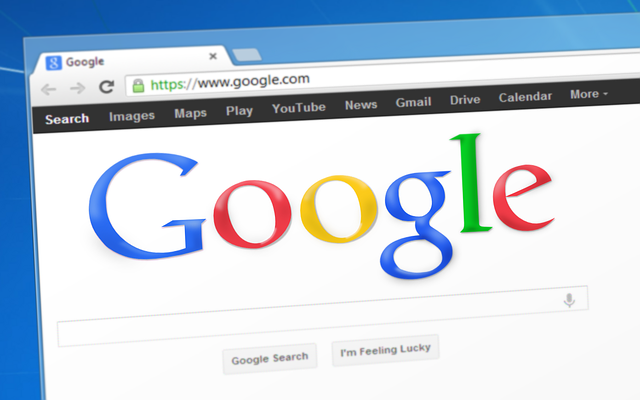
Pay per click advertising is all about making sure that you pay for certain advertisements that the people you want to reach actually click on. If someone who has no interest in your products or services clicks on your advertisement, you will have to pay for it, but you will never see a return. Pay per click management or PPC management is a very complex area of internet marketing, and you need to know what you’re doing to really benefit from it. This is why it is better and recommended to hire a professional to help you out. That said, there are a few things that you can do to at least familiarize yourself with the subject.
How to Manage Your PPC Campaign for the Best Results
The starting point of PPC management is that you cannot rely on getting sufficient traffic from organic search results alone. However, PPC costs money, which means that you have to make sure that you get the highest possible return on investment (ROI) for your efforts as well. So what do we know in terms of the ROI percentages for the different marketing techniques? Statistically speaking, the returns are:
- 5% to 1.5% for banner click throughs.
- 2% to 2.5% for newsletters.
- 5% for TV advertisements.
- 9% from your personal 404 error page.
- 4% from writing articles.
- 3% to 5% from PPC through Google AdWords.
- 15% to 20% through word of mouth.
- 20% through random searching.
- 45% through the search engines.
Search engine traffic, or organic traffic, is the best type of traffic to build your website rankings. This makes sense, because it means you have done your keyword research and actually worked at what you have. Furthermore, if you can create an optimized site, you really are in control over your own content. It is down to writing content that is compelling and interesting, with text rich in keywords.
Backlinks are also very important in order to get your Google page rank up, but it takes many hours of work just to build a link structure that is safe. You also need to get tons of reciprocal links if you are to make a difference. This is a stumbling block for the Google algorithm.
The best type of link is the one way link. This means other people actually think your content is great, and they want to see you get better. If you are ever asked to agree to having a one way link, make sure that the anchor text has your best keyword phrase in it. An example would be: <a target=”_new” rel=”nofollow” href=”http://www.your-domain.com”>keyword phrase </a>
If, however, you have to pay for traffic, which most of us have to do at least in the beginning of our websites, you need to make sure you get the highest possible ROI. You have to work out which keywords are best for your returns, and focus specifically on those. This is a very complex area of work that is generally best left to the professionals.


